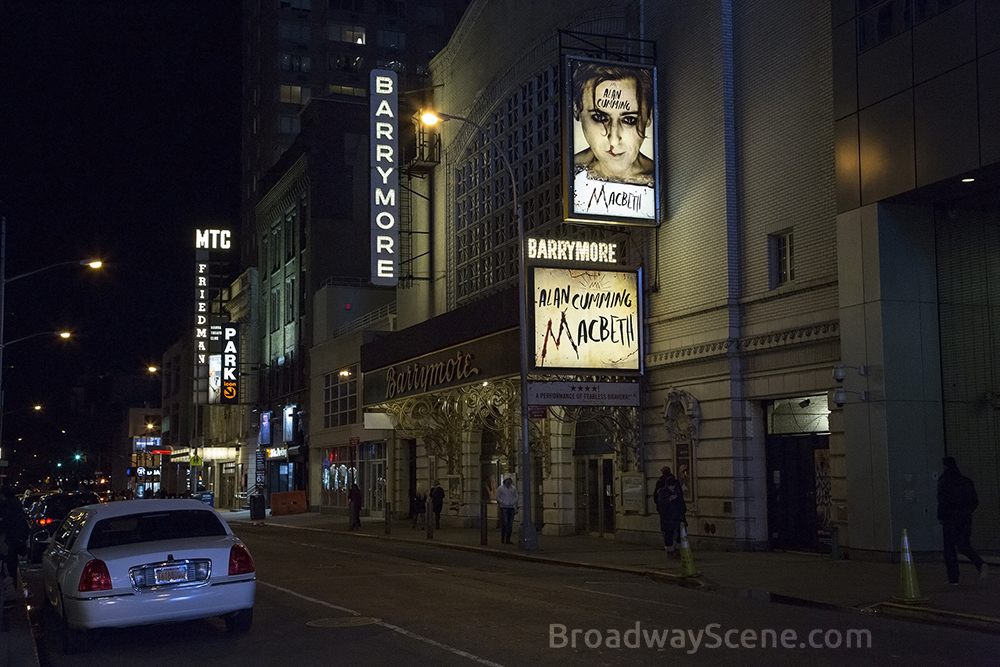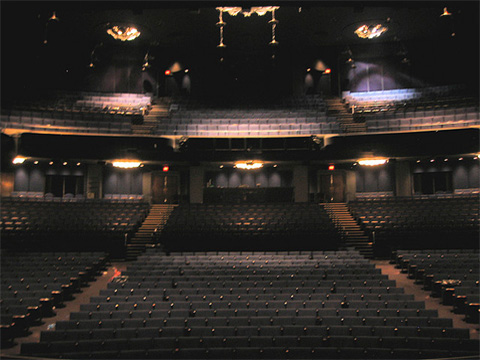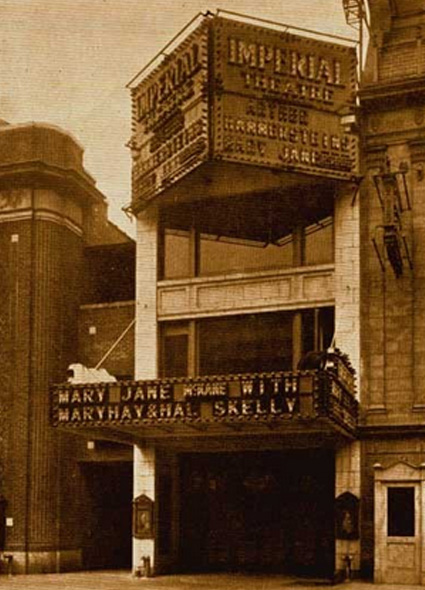
The Ethel Barrymore Theatre opened December 20, 1928. There would not be another new Broadway theatre built until 1972.
Presently, there are 40 Broadway theatres in NYC. We have records going back to 1909 on the number of legitimate stages that graced Manhattan at various times. In 1909, there were 35. The fewest number of Broadway houses between 1909 and the present was 32. That was in 1940. After 1940, there was a slight increase in the number of legit theatres. In the ‘50s the number went to 36, but by the ‘60s The Great White Way had just 34. That was one less than what had existed in 1909.
What was the heyday of Broadway? When was New York thick and rich with Broadway theatres? From 1918 through 1928, there was a major building boom on Broadway. That boom occurred between the end of World War I and the start of the Great Depression/ World War II. In 1918, there were 48 Broadway theatres. By 1928, that number peaked at 76. After that it was all downhill. What was the cause of the Broadway theatre building boom? What was Broadway like back then?
America Turns Inward
After World War I, America turned its focus away from Europe and the great carnage that had occurred and towards life in the U.S. We became isolationists and with that we became very interested in what we could accomplish. This included a focus on all types of art, including theatre. This is an amazingly active time in the theatre world.
Eugene O’Neill, Susan Glaspell, Edna St. Vincent Millay and others created a theatre group known as the Provincetown Players. They were one of many little theatre groups that sprung up across the U.S., creating new works for the theatre. The Little Theatre Movement started in 1912 and by 1918 some of those groups, the two most prominent being the Provincetown Players and the Washington Square Players went professional. (Member of the Washington Square Players formed The Theatre Guild.)
The Little Theatre Movement was dedicated to doing smaller, more innovative productions and was a reaction against Broadway. However, many of those in the movement would become an important part of the Broadway boom, as they matured as playwrights, directors and designers and became professionals.

The Gershwin, which was built in 1972 and opened as the Uris, was the first new Broadway theatre built since the end of the boom in 1928.
Immigration and Migration
There was also a great influx of immigrants from Europe. Between 1910 and 1920 about 14.5% of the U.S. population was from other countries and between 1850 and 1930 about 25 million came from Europe to the U.S. One of the largest immigration periods was the decade starting in 1910. Immigrants sought out their own people, language and culture. In New York, there were Irish, Italian, Yiddish and other such theatres. This created a theatergoing population and those stages also helped develop up and coming professional talent.
Also, it was a lot easier for people to access big cities and New York with its mass transportation system was now easy for those outside of the city to get to. That meant there were thousands more potential audience members in New York each day who could go to a show and then travel home that night.
Economic Boom
Finally, there was a major economic resurgence after the war, which meant more cash to be spent on a night out at the theatre. By the way, you didn’t have to be rich to go to the Broadway theatre. For less than a dollar you could get a good seat to a hit show. Plus, there was a lot of big money around and that was cash that could be invested in new shows. In 1918, there were 156 Broadway productions, and by the end of the theatre season in 1928, there were 264 shows on The Great White Way. (That number still stands as the one-year record.)
Jazz Age
The Jazz Age, the 1920s, was a time when people had a lot of expendable income. Much of that cash was spent on going out and a night out in NYC could include dinner, theatre and dancing. The stock market crash in 1929 would mark the end of the Jazz Age as well as the end of the theatre building boom. Many Broadway houses would become movie houses, and eventually they might be turned into TV studios. With the advent of the talking (and singing) picture, audiences could stay in their hometown and see a film that rivaled the expansiveness or a New York show. Broadway would not die, but in the decades to come it would certainly be on life support.

